-
Posts
2,952 -
Joined
-
Last visited
Content Type
Profiles
Forums
Gallery
Events
Posts posted by Hubac's Historian
-
-
She’s a remarkable achievement, Bill! I hope you’ve cracked into a bottle of Papi Van Winkel, or something similarly rarified to celebrate the occasion.
I’ll be looking for your SR log. The main thing on that build will be to take your time. My recommendation would be to sand away all of the raised grain with 50 grit paper; the resulting scratches in the surface of the plastic will give you a much better sense of grain structure that shows well with wash coats.
I’ll see you there in a beat or two!
-
-
Congratulations, Chuck, on a very fine build. This is inspiring stuff!
-
-
The past month has been quite a ride; painting, packing, moving, start of school for kids, COVID for my wife, sick kids, unpacking, and an un-provoked subway assault (I got lucky, ‘am fine, but I had a really sore jaw for a week, case pending) - after all of that, I kind of lost my mojo for the project. The ship has just been sitting, locked up in its travel box, and waiting while we configure this new place.
Last night, I took the ship out to retrieve the starboard headrail. Very slowly, I did manage to remake that horse carving, so today, I flushed-up all of the edges and finished that aspect of the project:
Weeks ago, when I was trying to tuck this headrail in, behind the figurehead, I was a little overzealous and removed too much material at the wrong angle. I added back a little plastic, here, to make a good joint:
What has lit a little fire in me is the awareness that the 40th Annual Joint Clubs Meeting isn’t that far away. My home club, The ShipCraft Guild of New York, is hosting and we are in the planning stages with the hope of putting on a really good show, in this anniversary year.
And, so, I have set goals for the project before the show. I would like to have the entire head structure assembled and painted with all accompanying ornament. I would also like to have the third balcony tier, in-place. If I really get moving again, perhaps it is possible that I will have at least the outline of the tafferal in-place.
As I would like to construct cambered head-gratings, it is fortuitous timing that Chuck Passaro happens to be designing that structure for his Winchelsea group build right now. His sequencing of assembly has helped me to clarify my own modified approach to building this structure, and I will soon get started on making that happen.
On a tangentially related note: I am always on the look-out for 17th Century drawings and I recently discovered very clear images of the sets for this Swedish ship, The Kronan:
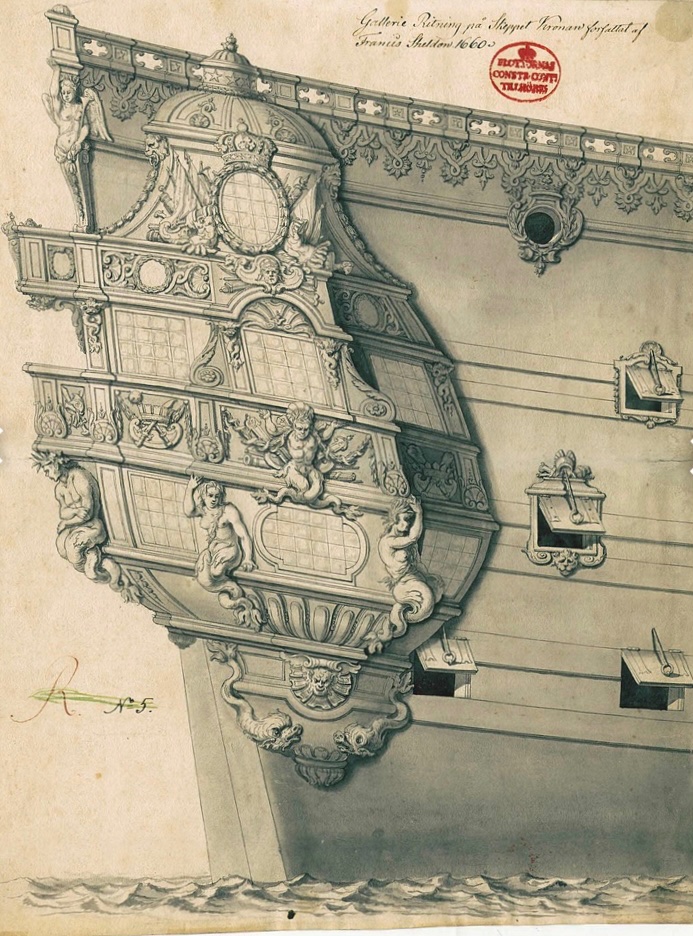
There are so many interesting things about this set. One can see that this is a Swedish ship because the Royal coat of arms with three crowns (as opposed to fleurs) is centered on the upper balcony rail.
Each drawing is inscribed in Swedish and translates to:
“Drawing of the ship Kronan written by Francis Sheldon 1660s”
Now, it is true that Francis Sheldon was contracted by Sweden to construct this huge three-decker for their expanding navy, in the late 1660’s. The Baltic remains of the ship still bear witness to the heavy English influence of Sheldon upon her architecture.
This ornamental set, however, has absolutely nothing in-common with English design or ornamental practice. In fact, apart from the coat of arms, everything about these drawings is distinctly French and very specifically the hand of Jean Berain.
Consider the following sets for Le Fleuron and Le Terrible:
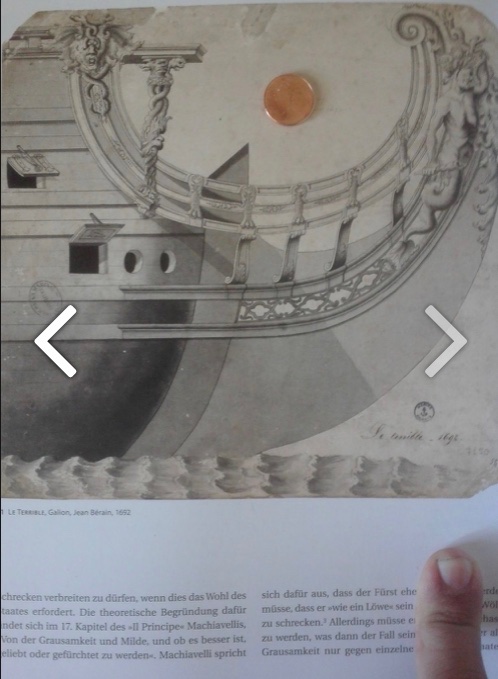
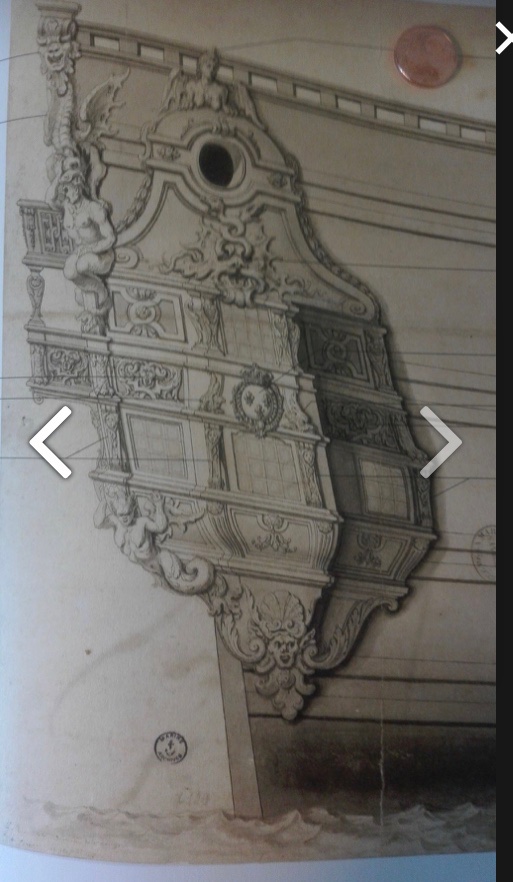
And so, it is curious that these drawings would be marked as the hand of Sheldon, when at least one near contemporary portrait of the Battle of Oland, paints a very different picture of the Kronan, at the moment of her loss in 1676:
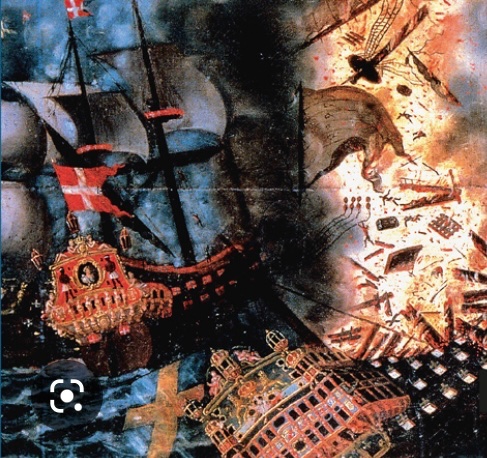
It makes more sense that the Kronan would have had a round-tuck stern, and that her side galleries may have been more similar, in structure, to the Sovereign of the Seas.
My guess is that, perhaps, the Swedish crown had plans to build a second Kronan in the 1690s, and had contracted Berain to produce an ornamental proposal. As far as I can find, though, the original Sheldon Kronan of 1672 is the only Swedish ship to carry the name in the 17th C.
Anyway, it is all interesting to look at, and to consider that Berain may have been reviving the twist-tail tritons of Puget’s style, later in the century.
-
Agreed - the oddness of their appearance is magnified when stripped of their utilitarian context.
- Mr Whippy, Ian_Grant, Blue Ensign and 2 others
-
 5
5
-
On 9/29/2022 at 10:21 PM, Ian_Grant said:
Yes, although it is terrible what we are seeing in the news from Florida, it's amusing to keep hearing how powerful "Ian " is, especially after hearing the same thing last week about "Fiona". My daughter's name is Fiona; it's odd that both our names came up as hurricanes in consecutive weeks.
Do you share the same Zodiac sign?
-
-
I’m surprised the rocker panels maintained structural integrity.
-
-
-
-
Either of those will be great. There is some really interesting Cutty kit-bashing happening on Kevin’s page, if you haven’t yet been following it:
Whatever you choose, I’ll be there watching.
-
-
-
-
-
Do any of those formulas address the shaping of the bow? Thank you for the insight into this book. When things settle down, over here, I will pick up a copy.
As for user names, I suppose you could insert the user name just as you would their given name. My name is Marc, so whichever you prefer is fine with me 🙂
-
-
Ondras, I was surprised to see how far behind I was in your log. Your progress is astounding and the craftsmanship is just brilliant!
- Keith Black, mtaylor, FriedClams and 1 other
-
 3
3
-
 1
1
-
I think it is, perhaps, fair to say that the Album describes a step-by-step process, and that process to some degree informs design.
As for Dassie, while the illustrations are cartoonish and not to be taken too literally, there does seem to be some effort to apply mathematics toward predictable/repeatable outcomes. I will have to get my hands on a copy, at some point.
-
-
Two sources of more immediate connection to French practice in the 1670s/80s would be Album de Colbert and Dassie’s L’Architecture Navale. I have not yet obtained a copy of the latter, but would be curious to know what, if anything, he has to say about the process of establishing the form of a hull. Have you read Dassie?
-
Actually, just re-reading your original post. The JCL curve you are referencing is actually for the Francoise of 1683.
What puzzles me is that lines plans for this period do not exist. As I understand it, hull shape was derived primarily from the placement of three frames along the keel; the main frame, a frame forward and one aft.
If you have contemporary lines plans from this period, I would love to see them.




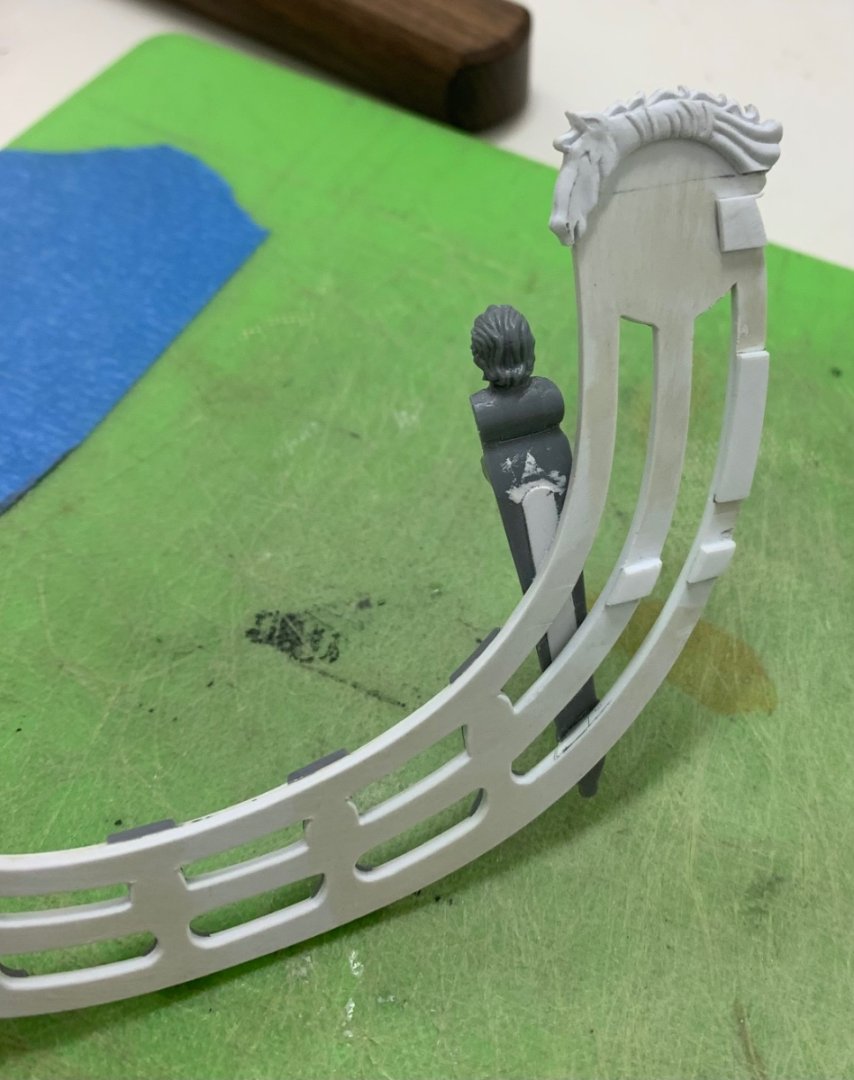
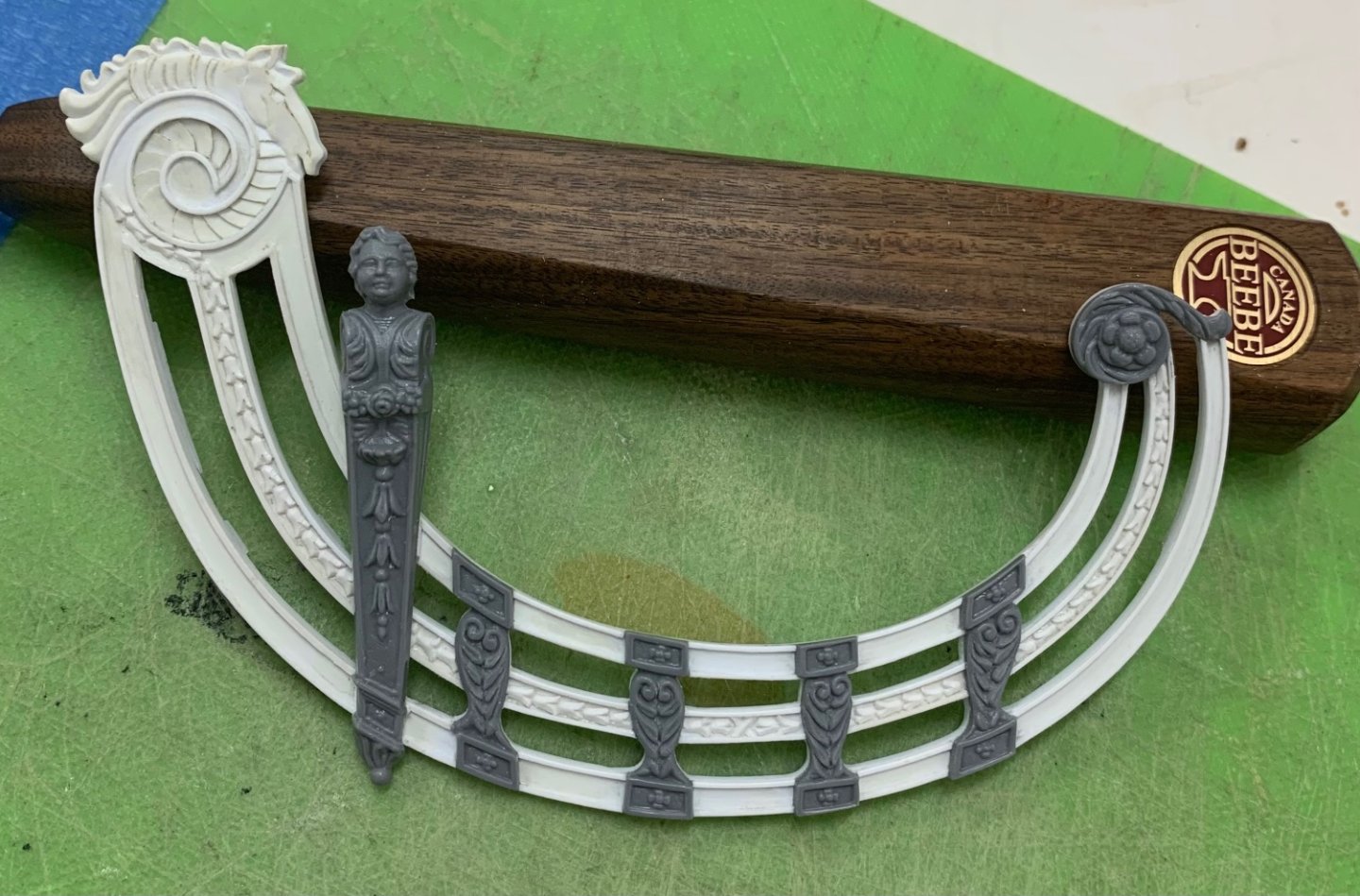
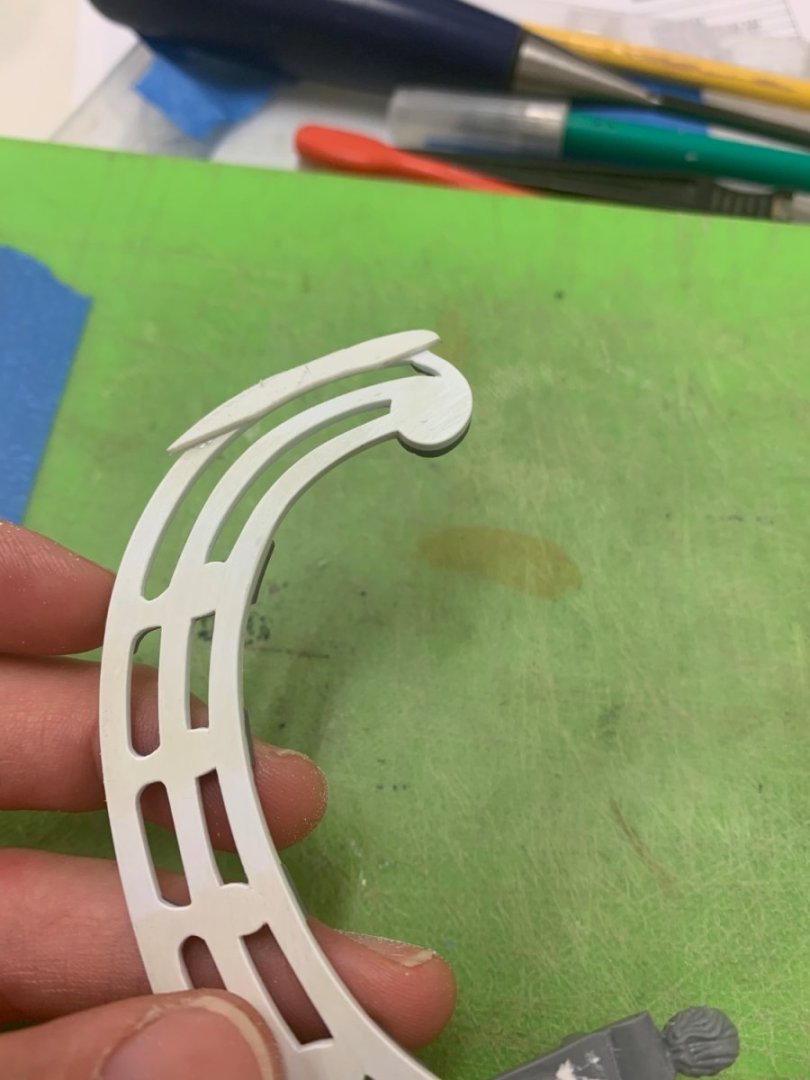
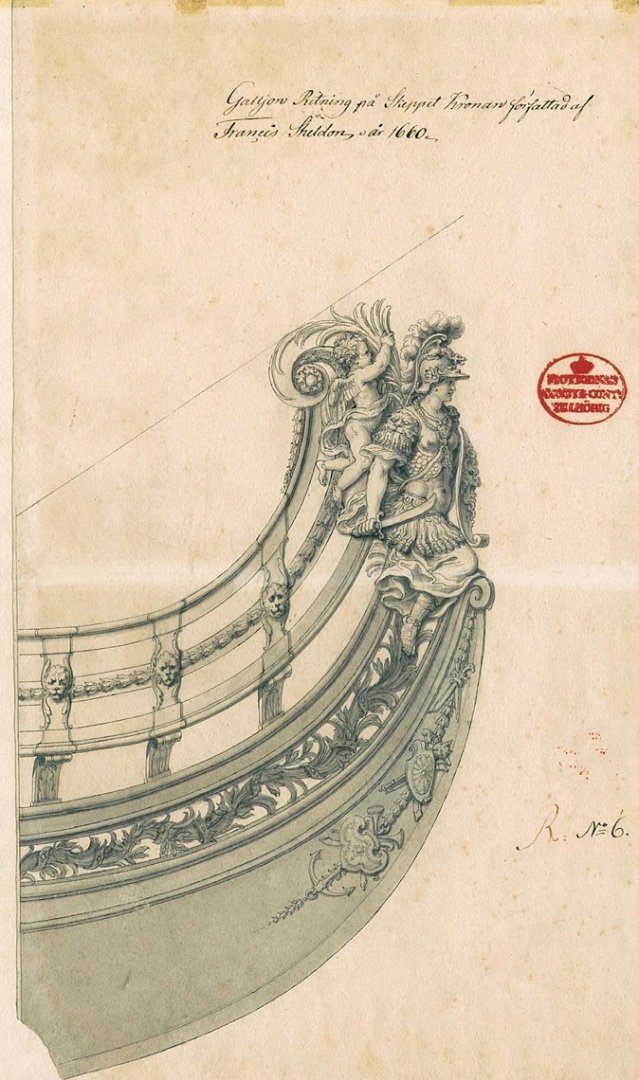
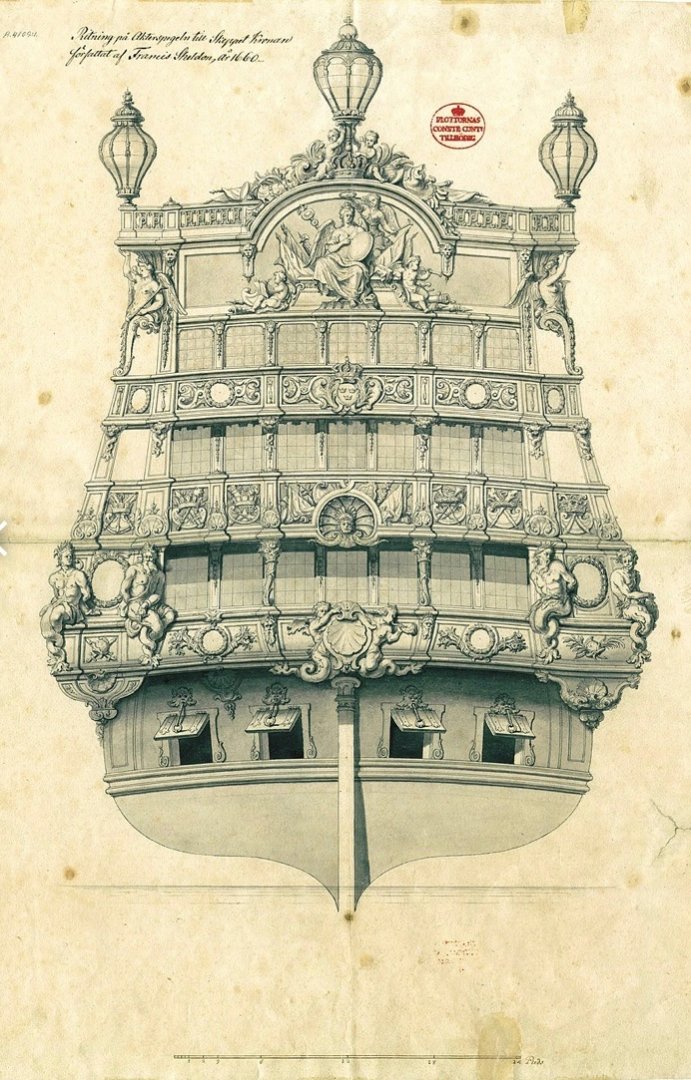
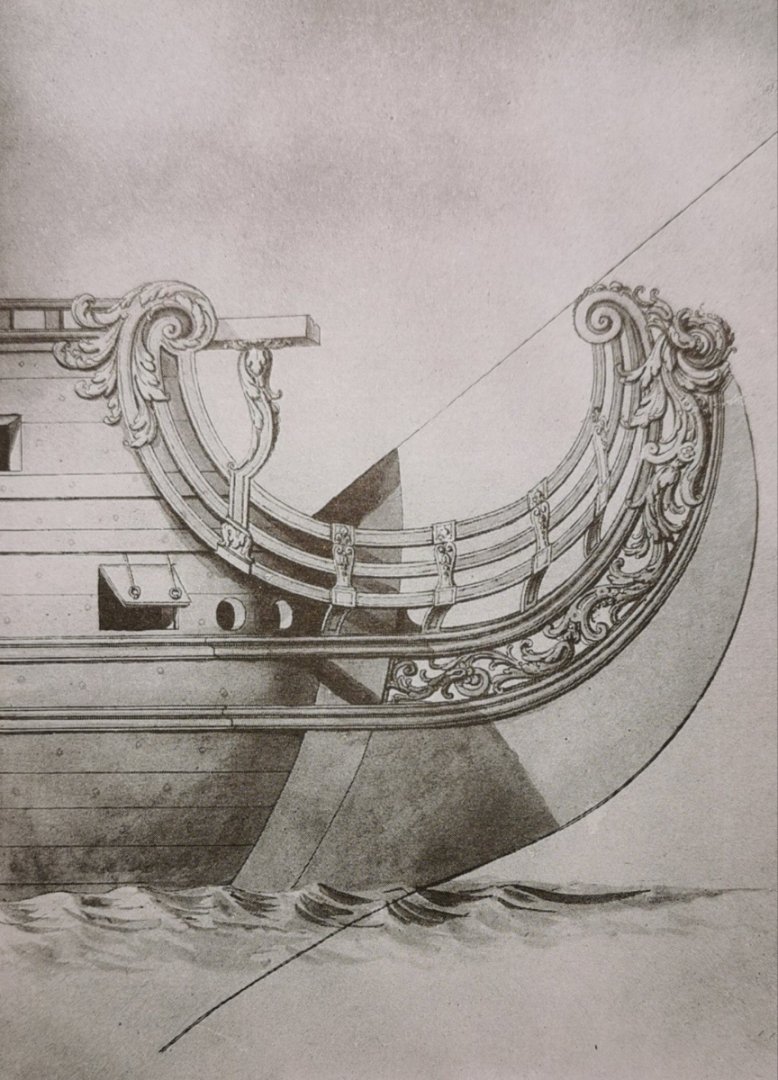
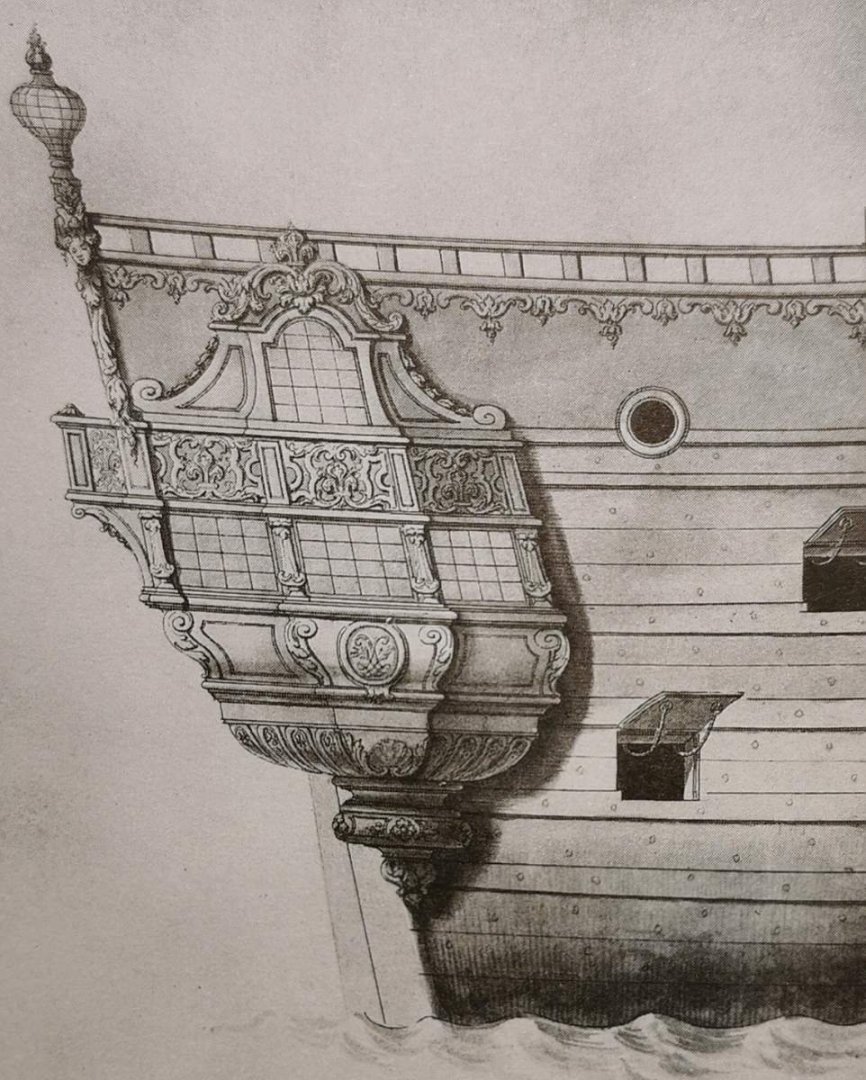
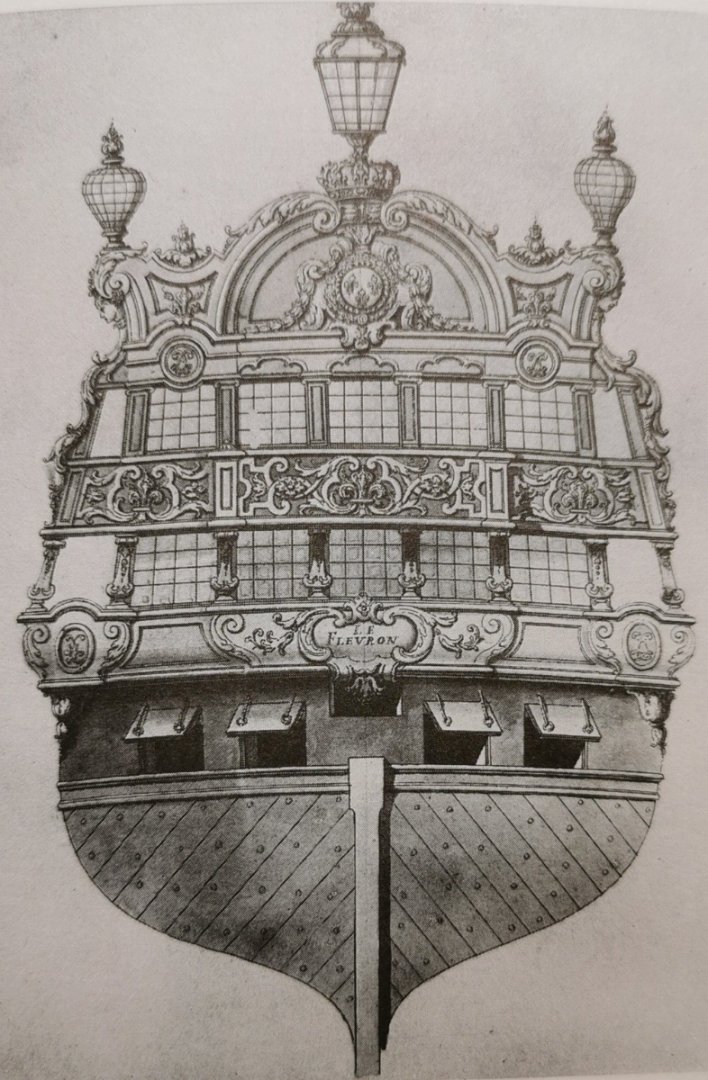
Le Soleil Royal by Bill97 - FINISHED - Heller - 1/100
in - Kit build logs for subjects built from 1501 - 1750
Posted
I’m not really sure why Heller opted for triangular deadeyes, but round would certainly be appropriate for a French ship of this period.